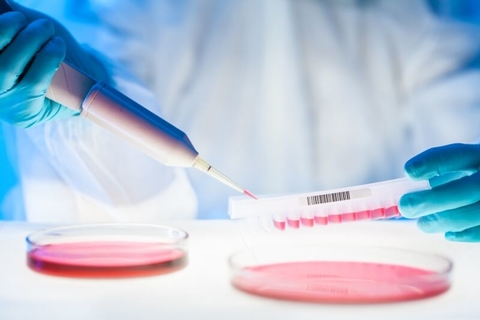At the CMT Research Foundation we are very much interested in using patient-derived stem cells called iPSCs for drug screening in order to develop therapies for CMT. Indeed, one of the first projects we funded was such a drug screening effort for CMT2A at Acurastem. iPSCs have the same genetic background as the original patient and represent an authentic human model of CMT in a dish.
A new paper by Maciel et al extends previous iPSC models by developing a three-dimensional culture system which robustly and reproducibly recapitulates the pathologic changes observed in nerve cells of CMT2E patients and mouse models. Using this new culture system, the authors provide proof-of-concept for the use of kinase inhibitors as therapies for a specific type of CMT2E. New systems that expand the use of IPSCs for drug screening should enhance disease-modifying therapies for multiple forms of CMT.
by Grace Pavlath, PhD, Chief Science Officer for the CMT Research Foundation


I am interested in becoming a person of interest. I have CMT1A PMP22 I volunteered my body to experiment on drugs that will help millions like me